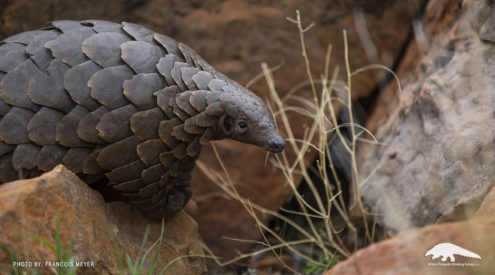The harpy eagle is the largest eagle in the world. These predators grow to between 90 to 105 cm in height, have a wingspan of up to 2m and can weigh up to 9kg, according to the San Diego Zoo.
The majestic raptor has evoked many humourous comments due to its impressive size, including that it resembles a human in a bird costume or looks like a character out of a science fiction movie.
These birds, however, might not be guaranteed a future and are listed as ‘Near Threatened’ by the IUCN. Authorities estimate there about 50,000 harpy eagles left in the world, but acknowledge that supporting data is scarce, and the most recent data on populations was compiled by BirdLife International in 2009 reports Global Raptor.
The harpy eagle occurs naturally only in South America, ranging from Mexico to northern Argentina. However, these birds could face extinction due to habitat loss. A 2008 study revealed that the Alta Floresta, the southern region of the Amazon in Brazil, has only 37% of original forest cover left after excessive deforestation, reports the Raptor Falconry Center.
The Peregrine Fund began a captive breeding programme in 1989 to save the species. Almost 50 harpy eagles have been released into the rain forests in Panama and Belize since 1998 and the last captive birds were released in 2008. The Fund continues to do research and create awareness around this beautiful bird.
Image credit: Wikimedia Commons

















